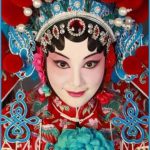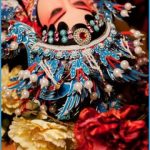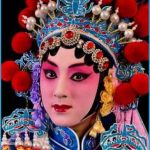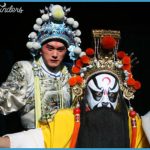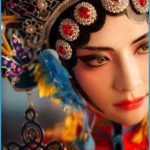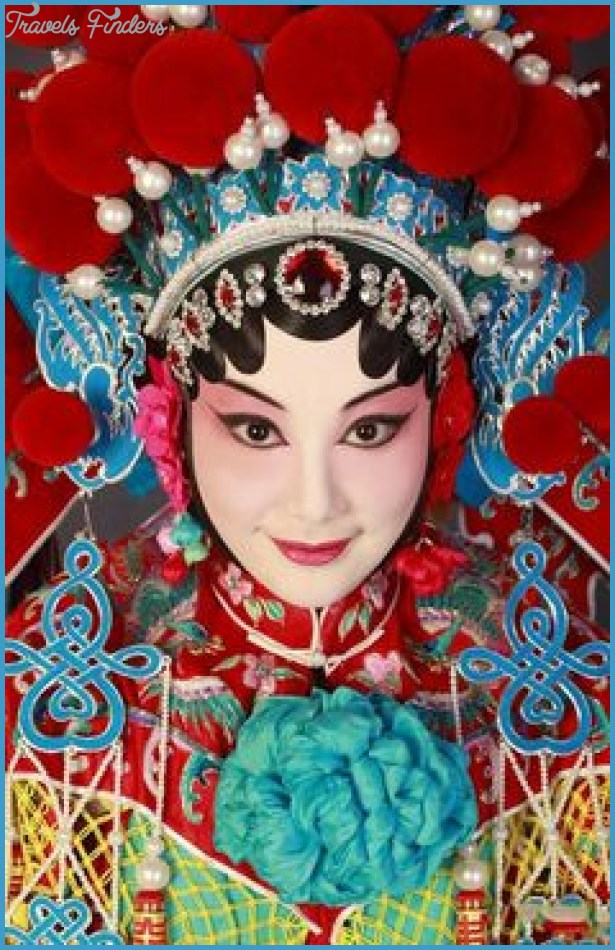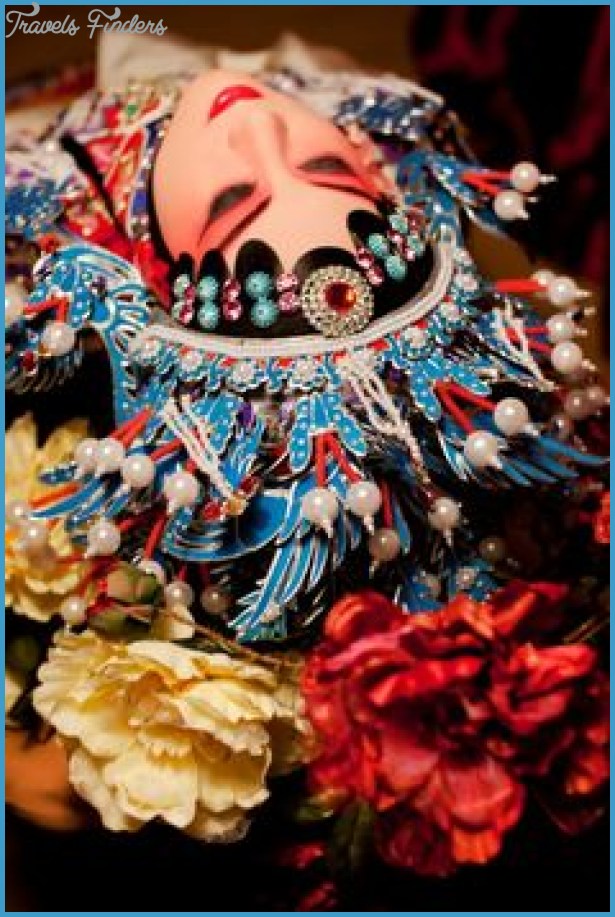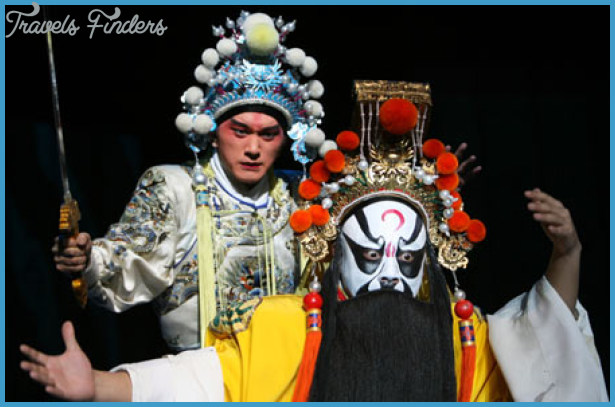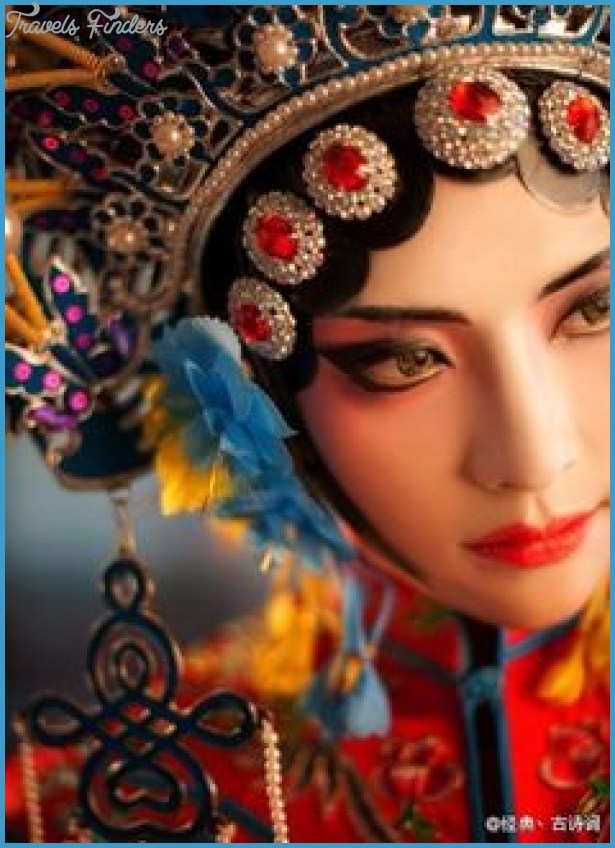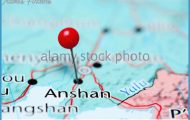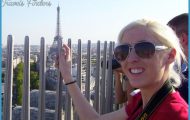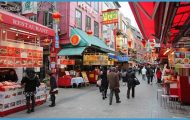Traditional opera Clanging cymbals, flutes and drums, acrobatic postures of the actors, high falsetto voices, abrupt geometrical movements ofthe warriors, dignified symbolic gestures, colourful mask-like make-up, shimmering, beautifully embroidered silk costumes – Chinese opera is the pinnacle of many varied disciplines which all unfold together on the stage.
Opera of China Photo Gallery
Chinese theatre really has very little in common with Western theatre and seems – like the novel with which it originally identified – to have originated with the singing Buddhist monk who used a wide range of expressive forms to retell the story of Buddha. Theatre as an art form did not actually develop until the last phase of the Song Dynasty (1100-1200) and it was during the years of Mongol rule that it divested itself of its Buddhist associations to become independent, with the performance of such major works as “Romance of the Western Chamber” and “The Lute”. As with later stage productions the main theme for both these examples is first and foremost a tender love story, but
Beijing opera 102 woven into the plot are robbers, courtly intrigue, myths legends and religious parables.
In the centuries that followed, Chinese opera pursued various directions. In the end, however, despite its emphasis on high stylistic standards, the southern school was pushed aside by the northern Beijing opera as it was known and this operatic style still dominates throughout China. The Cultural Revolution proscribed all earlier works, replacing them with contemporary works focusing on such themes as the Japanese war and the Long March, but now the Beijing opera is reviving original texts from the Yuan (1271-1368) and Ming (1368 1644) periods. The regional operas have retained their traditional style and are still performed.
The differences between the traditions of local opera in the outlying areas and the Beijing opera manifest themselves mainly in the use of certain instruments and special types of enunciation.
The position of a hand, the movement of an arm, a raised eyebrow, colour variations in the make-up of a performer – all these can be significant elements in an intricate code where nuances – something which the Chinese are familiar with and fully understand – have their roots in the various ethnic and cultural backgrounds.
There is no scenery. Place and action are only evoked by mime, another essential component in Chinese opera.

